With the increasing global emphasis on sustainable development and energy conservation and emission reduction goals, zero energy buildings have become an important trend in the construction industry. Intelligent building design utilizes advanced technology, which not only significantly reduces energy consumption but also enhances the comfort of living and working environments. This article will explore how to use modern technology to design and achieve zero energy buildings.
The concept of zero energy buildings
Zero Energy Building (ZEB) refers to the self-sufficiency of building energy through design and technological means, that is, the total amount of energy consumed within a year can be fully compensated by renewable energy. This type of building not only reduces dependence on external energy supply, but also significantly reduces carbon emissions, making it an ideal model for achieving green buildings and sustainable development.
The Application of Technology in Zero Energy Buildings
1. Passive design
Passive design is the foundation of intelligent building design, which minimizes energy demand by utilizing natural resources such as sunlight and wind. For example, a reasonable window layout can maximize natural lighting and reduce lighting energy consumption; Good design of building shells and application of insulation materials can reduce heat loss and lower energy consumption for heating and cooling.
2. Efficient energy system
In zero energy buildings, efficient heating, ventilation, and air conditioning systems (HVAC) are essential. The use of geothermal pumps, solar collectors, and heat recovery ventilation systems can significantly improve energy utilization efficiency. Meanwhile, the intelligent control system can automatically adjust the operation of equipment according to changes in indoor and outdoor environments, further improving energy efficiency.
3. Integration of renewable energy sources
Integrating renewable energy equipment such as solar photovoltaic panels and wind turbines is the key to achieving zero energy buildings. These devices can be installed on the roofs, walls, and even windows of buildings to convert natural resources into electricity for building use. With the advancement of technology, the conversion efficiency of these devices is getting higher and the cost is gradually decreasing.
4. Intelligent management system
The intelligent building management system monitors and adjusts various parameters inside and outside the building in real time, such as temperature, humidity, lighting, and energy consumption, through sensors, controllers, and artificial intelligence algorithms. The system can learn the user’s behavior mode, automatically optimize energy use, and even adjust the system settings in advance through the prediction algorithm to cope with weather changes.
5. Use of green building materials
The use of green building materials is also an important aspect of achieving zero energy buildings. These materials typically have good environmental performance, such as low volatile organic compound (VOC) emissions, high recycling rates, and good insulation properties. They not only help reduce the energy demand of buildings, but also provide a healthier living environment.
Challenges Faced
Although the concept of zero energy buildings is increasingly valued, there are still some challenges in practical operation. Firstly, the cost of high-performance materials and advanced technology is relatively high, which may increase the initial investment of the building. Secondly, for the renovation of existing buildings, achieving zero energy consumption without affecting the original structure is also a technical challenge. In addition, relevant policies, standards, and market mechanisms need to be further improved to promote the development of zero energy buildings.
Future prospects
With the continuous advancement of technology and the reduction of costs, zero energy buildings will increasingly appear in our lives. These buildings not only reduce their impact on the environment, but also provide a more comfortable and healthy living environment. In the future, with the increasing awareness of environmental protection and government support for sustainable buildings, zero energy buildings are expected to become the new standard in the construction industry.
epilogue
Intelligent building design combines modern technology and the concept of sustainable development, achieving self-sufficiency in building energy through a series of innovative means. Although there are still some challenges at present, with the development of technology and the reduction of costs, zero energy buildings will occupy an increasingly important position in the future construction market, creating greener, healthier, and more comfortable living spaces for humanity.










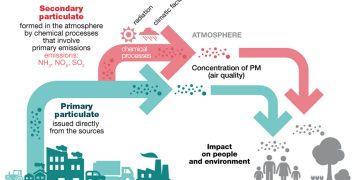
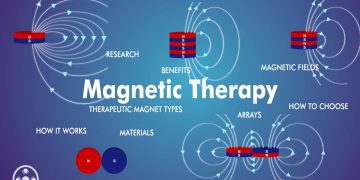

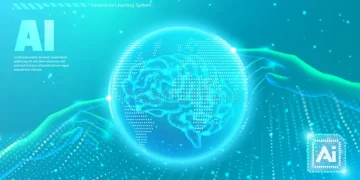


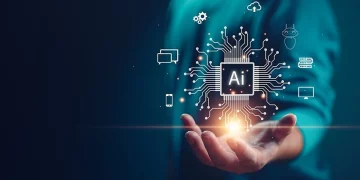


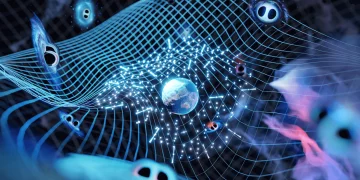
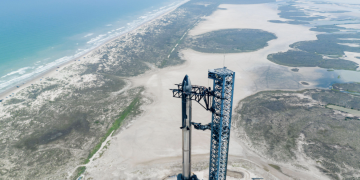








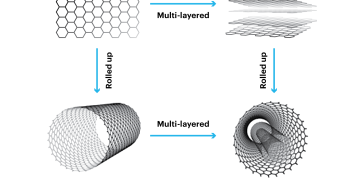
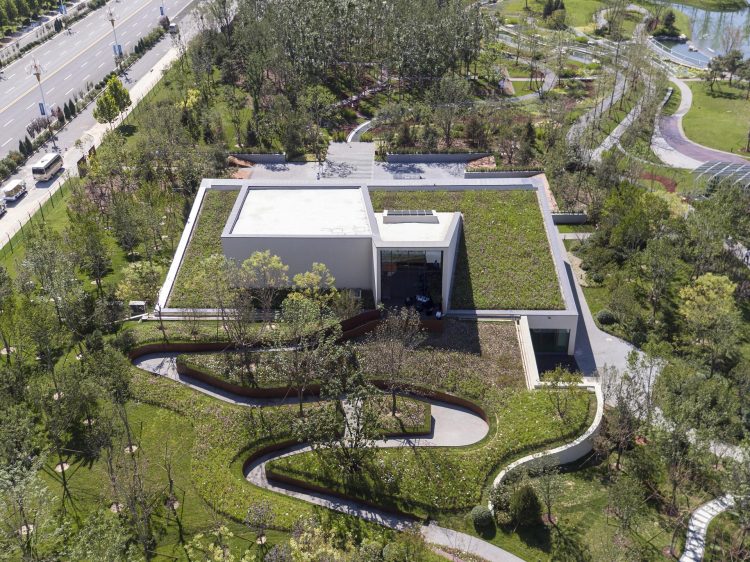












Discussion about this post